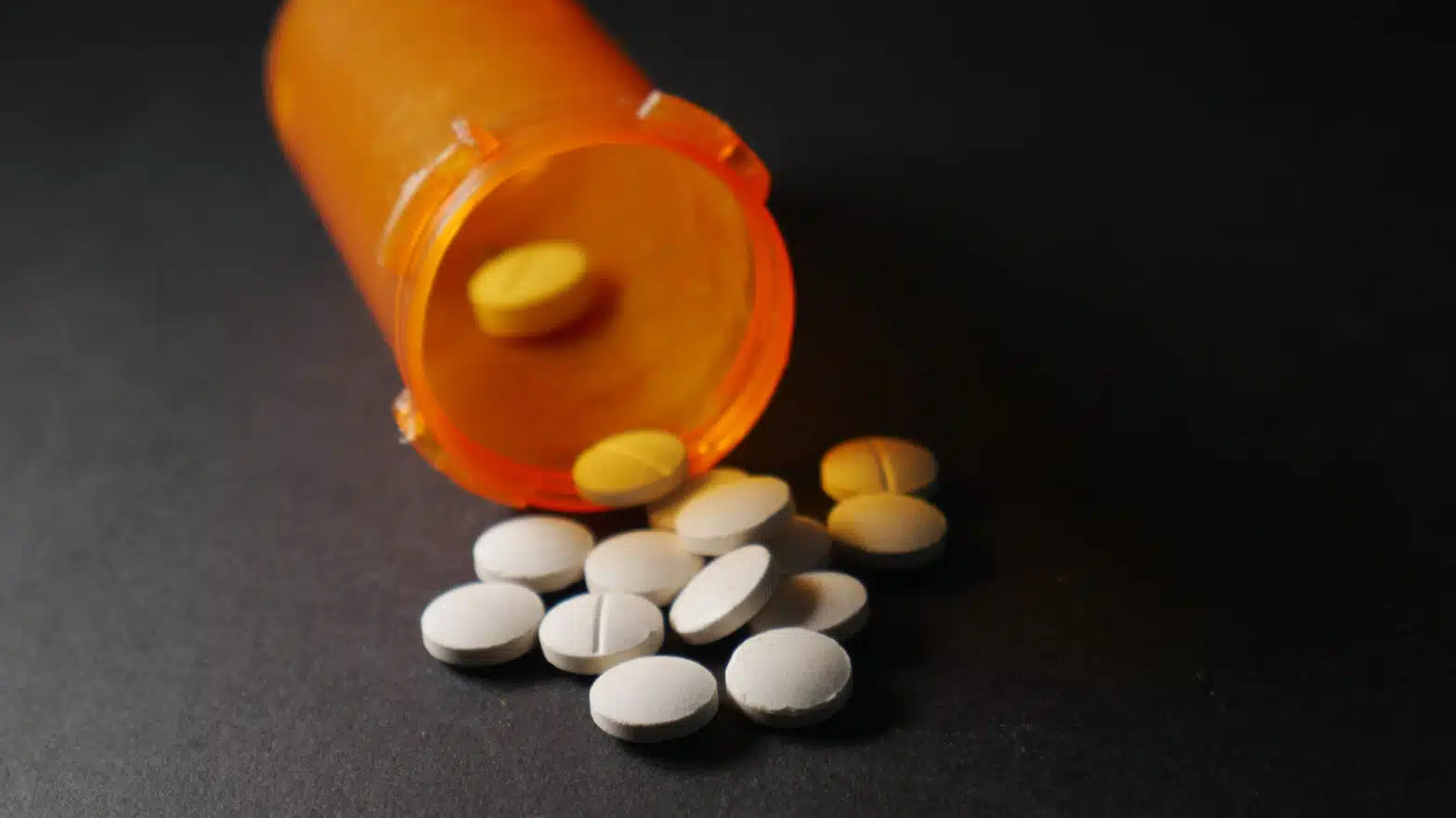How Fentanyl Has Changed Opioid Use Disorder Treatment
The ongoing opioid epidemic that originally started in the 1990s has been exacerbated in more recent years by the opioid pain medication fentanyl. In response to the use of this powerful pain killer, treatment programs have adjusted treatment plans to cope.

The amount of drug overdose deaths in the United States has more than doubled in the past eight years, with 110,000 deaths occurring in 2022 alone.
The leading cause of overdose deaths is fentanyl, a synthetic opioid is approximately 50 times stronger than heroin. While fentanyl has legitimate pain management uses, recreational use can easily be fatal.
The strength of fentanyl, the exceedingly high potential for abuse, and the widespread use of the drug as an adulterant in other drugs has made it necessary for addiction treatment programs to adjust their approach.
The Role Of Fentanyl In The Opioid Crisis
Opioid use disorders (OUD) affect communities all over the United States, regardless of class and other demographic factors. The pandemic contributed to a noticeable upward trend in OUDs.
From spring 2020 to spring 2021, more than 100,000 lives were lost due to drug overdose deaths, with fentanyl being primarily responsible for 65% of those deaths.
Part of the explanation for the number of fentanyl-related deaths is the high percentage of drugs that include fentanyl, while purporting to be other substances.
Fentanyl is frequently mixed into other drugs, such as methamphetamine, benzodiazepines, MDMA, and cocaine because it is cheap and tremendously potent, allowing the manufacturer to reduce the purity of their drugs without a noticeable decrease in potency.
In fact, the Drug Enforcement Administration (DEA) found that six out of ten fentanyl-laced fake prescription pills contained potentially lethal doses of fentanyl.
As a result, many people who overdose on fentanyl are under the impression that they have taken other drugs with a much lower risk of overdose.
Changes In Opioid Use Patterns
Fentanyl has changed the patterns of opioid use due to accessibility. Fentanyl can be produced affordably compared to heroin and other opiates because it can be made in a laboratory.
The chemicals needed to make fentanyl are also easy to access, making fentanyl extremely affordable to buy and contributing to more significant opioid misuse.
Fentanyl is also short-acting compared to other opioids, leading to a need for regular redosing and a higher risk of opioid overdose death.
Lacing other drugs with fentanyl, which is a common practice, also creates a more intense high, which can make the individual more dependent on the substance and increase use.
Challenges In Treating Fentanyl Addiction
Fentanyl addiction hasn’t only increased the risk of overdose; it has also made it difficult for people to attend addiction treatment.
Fentanyl is more likely to cause severe withdrawal symptoms for those treated with buprenorphine, which is a crucial medication used in the treatment of opioid addiction.
These symptoms are more likely to occur if buprenorphine treatment is given quickly after the person’s last dose of fentanyl.
Health care providers must sometimes wait a whole day before administering the medication to ensure it won’t cause severe discomfort. Buprenorphine can even worsen symptoms and discourage someone from returning for another dose.
Methadone, which is also used to treat fentanyl addiction, is highly regulated, and patients can only access it in specialized clinics. However, it is often a better option for fentanyl addiction.
How Opioid Treatment Programs Have Adjusted
Opioid treatment programs have changed by creating harm reduction initiatives such as check-ins. The relapse rate of fentanyl is much higher, and clinicians have to closely monitor patient symptoms.
Treatment with a higher dose of buprenorphine is also becoming more accepted as a form of overdose prevention to reduce side effects.
Naloxone accessibility has also been increased, including in the form of a nasal spray developed by the FDA called Narcan, which ensures that anyone can safely administer the overdose reversal drug.
Learn How Spring Hill Recovery Can Help
If you or a loved one are living with a substance use disorder, we can help. Contact Spring Hill Recovery to learn more about medication-assisted treatment (MAT) and other treatment options.
- American Hospital Association https://www.aha.org/education-events/fentanyl-and-evolution-opioid-epidemic/
- Centers For Disease Control And Prevention (CDC) https://www.cdc.gov/opioids/data/analysis-resources.html#:~:text=The%20first%20wave%20began%20with,increasing%20since%20at%20least%201999.&text=The%20second%20wave%20began%20in,in%20overdose%20deaths%20involving%20heroin./
- Centers For Disease Control And Prevention (CDC) https://www.cdc.gov/stopoverdose/fentanyl/index.html/
- Congressional Budget Office https://www.cbo.gov/system/files/2022-09/58221-opioid-crisis.pdf/
- Drug Enforcement Administration (DEA) https://www.dea.gov/alert/dea-laboratory-testing-reveals-6-out-10-fentanyl-laced-fake-prescription-pills-now-contain/
- Food And Drug Administration (FDA) https://www.fda.gov/drugs/postmarket-drug-safety-information-patients-and-providers/information-about-naloxone-and-nalmefene/
- Johns Hopkins Bloomberg School of Public Health https://publichealth.jhu.edu/2023/barriers-to-methadone-access/
- National Institute on Drug Abuse (NIDA) https://nida.nih.gov/research-topics/trends-statistics/overdose-death-rates/
- National Institute on Drug Abuse (NIDA) https://nida.nih.gov/publications/drugfacts/fentanyl/
- National Institute on Drug Abuse (NIDA) https://nida.nih.gov/publications/drugfacts/fentanyl#:~:text=Fentanyl%20is%20a%20powerful%20synthetic%20opioid%20analgesic%20that%20is%20similar,drugs%20involved%20in%20overdose%20deaths./
- National Institutes Of Health (NIH) https://irp.nih.gov/accomplishments/brains-sensory-regions-play-a-role-in-fentanyl-relapse/
- National Library Of Medicine: Bookshelf https://www.ncbi.nlm.nih.gov/books/NBK459126/
- National Library Of Medicine: PubMed https://www.ncbi.nlm.nih.gov/pmc/articles/PMC10220511/
- Science Direct https://doi.org/10.1016/j.drugpo.2017.06.005/
- Substance Abuse and Mental Health Services Administration (SAMHSA) https://store.samhsa.gov/sites/default/files/sma18-4742.pdf/
- United States Department of Health and Human Services (HHS) https://www.hhs.gov/overdose-prevention/

